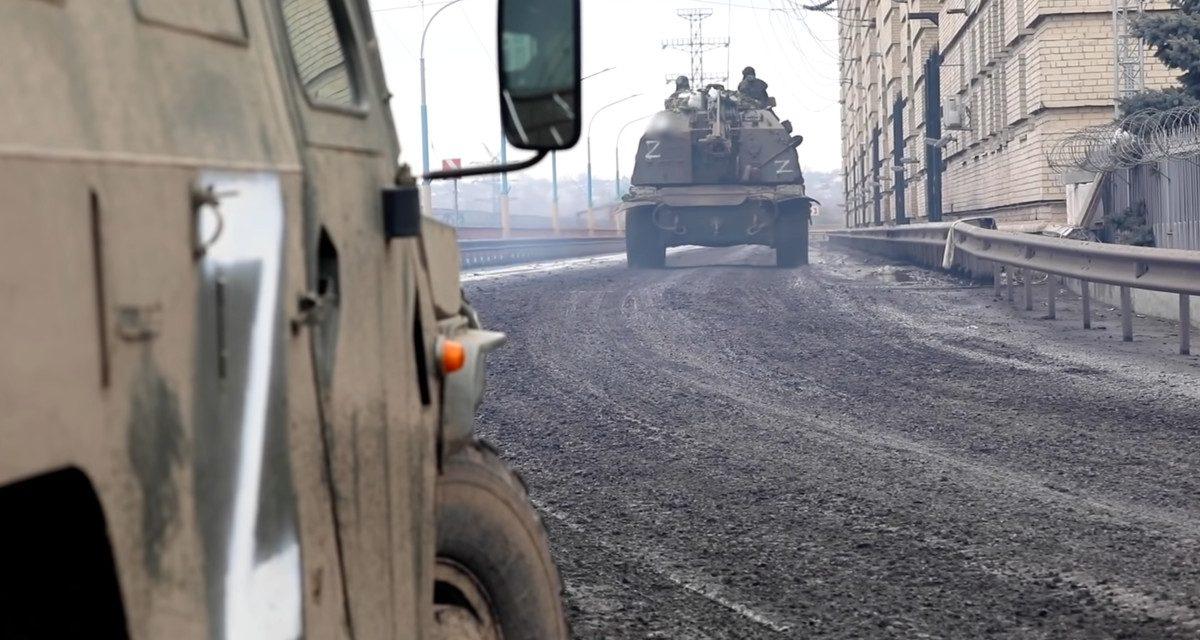In a number of clear and obvious ways, the war in Ukraine has not gone well for the Russian military. That has forced it to adapt many of its tactics. More than fifteen months into the war, some of these tactics are remarkably different from those that Russian forces employed in the opening weeks of the war. But what do these adaptations actually look like?
Dr. Jack Watling joins this episode of the MWI Podcast to explore some of them. A senior research fellow for land warfare at the Royal United Services Institute, he is the coauthor of a recently published report on the subject of Russian tactical adaptation during the war. He explains, for example, how the organization of Russian infantry forces has evolved from the prewar model centered on battalion tactical groups to one that sees infantry forces stratified by specific purpose. He also describes the integration of unmanned aerial vehicles with artillery that has dramatically improved Russian counterbattery fire, the specific steps Russia has taken to improve the survivability of its tanks, and more.
You can listen to the full episode below, or find it on Apple Podcasts, Stitcher, Spotify, TuneIn, or your favorite podcast app. While you’re there, be sure to subscribe. And if you’re enjoying the MWI Podcast, please take a moment to give it a rating or leave a review.
Image credit: mil.ru, via Wikimedia Commons


It appears the Soviets are adapting from WW2 tactics to WW1 tactics.
The repelling of airpower by antiair and the supremacy of individual and higher level guided weapons have made this as defense-oriented a war as our American Civil War, so those who are there the first with the most have the advantage.
Just today, Washington Post is running the article "To liberate territory, Ukraine must smash fortified Russian defenses." My comment thereunder:
In an era of air-mobile armies, field fortifications might seem ridiculously anachronistic … except antiair has repelled and neutralized air operations (except at very long distance) in the Ukraine War.
Deep field fortifications were at Alamein in August–November 1942 and at Kursk in 1943. The Germans created the Panzerkeil – armored wedge with Tiger tanks at the apex – to penetrate them which they successfully did … only to be mass attacked by Russian tank armies (albeit with tanks which were inferior at that moment of the war), Disrupted, and repelled.
I have a small, relatively simple little free/educational print-and-play wargame on my webpage, Postcard Kursk, which simulates this well.
I have also just completed my also free print-and-play game Bakhmut Meatgrinder: Verdun 2023, which models this grim bloody battle of attrition and wills … and its terrible cost ….